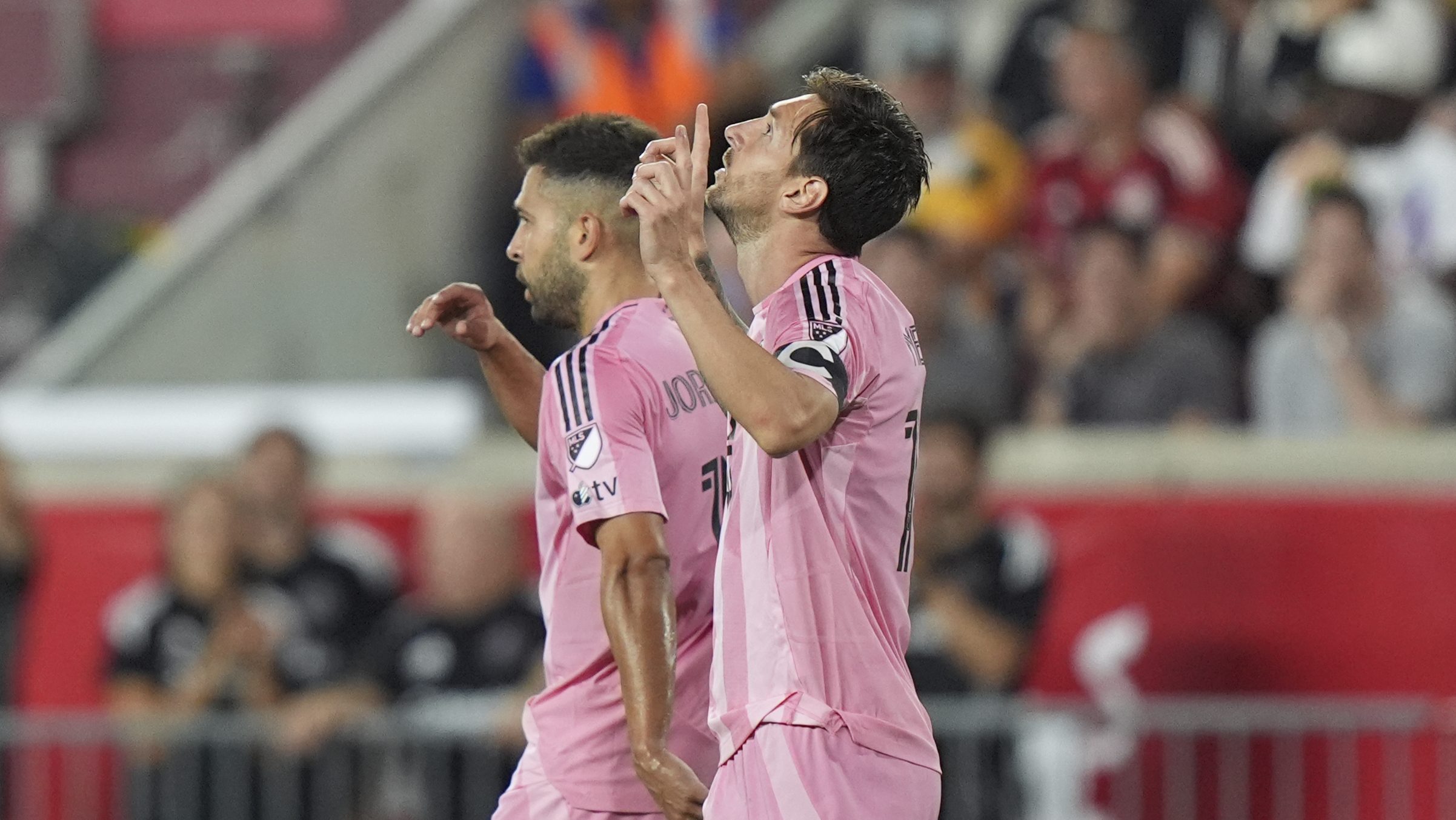Messi Leads Inter Miami Rout Over Red Bulls in Harrison as MLS Race Tightens

Lionel Messi’s dazzling demolition of New York’s Red Bulls offers a lesson in global stardom and its limits for Major League Soccer’s ambitions.
It was a thumping rarely seen on New York City soil. In front of a sellout crowd in Harrison, New Jersey, just across the Hudson from Manhattan, Inter Miami eviscerated the New York Red Bulls 5-1 on June 29th—a drubbing orchestrated, inevitably, by Lionel Messi. The Argentine maestro, at 38 no less, scored twice and conjured two assists of such precision and ease that, for moments, Red Bull Arena felt less like a battleground than a testimonial.
The drubbing was thorough and swift. Alexander Hack had briefly given the hosts hope with a sharply taken goal in the 15th minute, but the rest of the night belonged to the visitors, and above all to Messi. By the hour mark, Miami was three goals to the good, courtesy of fluid combinations featuring ex-Barcelona players Jordi Alba and Sergio Busquets, all under the captaincy of the man from Rosario. Two of Messi’s goals would take him to the top of the MLS scoring charts, his sixth brace in seven league matches—a run not so much purple as positively magenta.
For the Red Bulls and their loyal Draper-district faithful, it was an embarrassment. If these kinds of collapses are now routine for visitors to Messi’s Miami, they are less familiar to the old guard of MLS franchises in big markets like New York. Sunday’s contest, moreover, piqued local pride: New York’s teams are accustomed to poaching the world’s cast-offs, not being schooled by them at home. Yet the wider signals are more salutary than grim.
In the short-term, Messi’s performance was a boon for New York’s soccer scene. Sold-out stands, television audiences that dwarf the season average and a deluge of social-media attention—Messi’s every touch, replayed ad infinitum—mean windfalls (if not quite gales) for both ticket sellers and local bars. For MLS, a league still obsessed with relevance, Miami’s new star is the clearest evidence yet that global icons can supercharge the league’s profile.
What is less certain are the spillover effects for the game’s ecosystem in the metro area. While the league basks in Messi’s lurid stats, Red Bulls fans may feel they have paid for someone else’s party: eroded faith in their local outfit, a sense of being relegated to bit-part actors. If Messi’s artistry cream-skims attention and resources, New York’s famous melting-pot soccer culture—invested in playgrounds and youth leagues from Queens to Jersey City—risks being overshadowed by the cult of the megastar.
There are economic reverberations, too. The so-called “Messi effect” spurs demand for tickets, but prices have soared to the point where the city’s working-class fans watch from pubs, not bleachers. The greater New York business community, ever pragmatic, may pocket a few more tourist dollars, but local loyalties look increasingly like collateral damage. The Red Bulls themselves—an energy-drink-branded vestige of 1990s MLS boosterism—could see their already tepid relevance further diluted, especially as their seasons remain decidedly middling.
Politically, the spectacle is less combustible but still telling. New York’s mayor, Eric Adams, likes to trumpet the city’s cosmopolitanism and sporting prowess. But as Messi’s Miami packs “away” stadiums, it is Florida that basks in borrowed prestige. If sport is one soft-power vector for municipal rivalry, city hall might feel a touch aggrieved by so comprehensive a lesson from the Sun Belt.
A global icon, a parochial league
America’s struggle to matter on football’s global stage is, of course, hardly news. New York has played its part for decades, from Pelé’s brief stint with the Cosmos to mostly forgettable fixture lists in baseball-era Queens and the Bronx. What sets the Messi era apart is the weight of expectation. MLS now seeks legitimacy not just as a business proposition or immigrant pastime, but as a bona fide sporting product—one that might someday rival Liga MX or the mid-table teams of England and Spain. By showcasing late-career Galácticos, MLS walks a tightrope between commercial bonanza and institutional stagnation.
Comparisons with global peers are instructive. Even a waning Messi remains a commercial juggernaut, but unlike Leagues in China or Saudi Arabia, MLS retains curbs on salary and squad expenditure that prevent outright oligarchic excess. This has sometimes protected parity—but at the cost, perhaps, of the kind of dynamism a Messi-shaped meteor can unleash. And, as European football exports talent (and pensions icons), the spectacle in New York hints at a peculiar American paradox: paying for spectacle, but remaining curiously immune to its deeper culture.
Still, not all is glum news for Gotham’s soccer partisans. If Red Bull Arena can be made to feel like a Barcelona home fixture for one night, it bodes well for the city’s allure as a global sporting stage, even if the ball does not always bounce their way. With the 2026 World Cup looming and Messi’s footprint firmly planted in America, the sport’s “second city” status is under challenge, but New Yorkers have rarely minded being underdogs.
What to make of it all? Messi’s demolition job reminds us that sport, like cities, thrives on star power and storylines—albeit not always the ones favored by locals. For New York, that is a salutary, if unsentimental, lesson: greatness can be leased, not just owned, and sometimes the world’s best come only to remind residents of their own fallibility. In football, as in urban ambition, even New York must now reckon with the soft power of foreign kings. ■
Based on reporting from El Diario NY; additional analysis and context by Borough Brief.